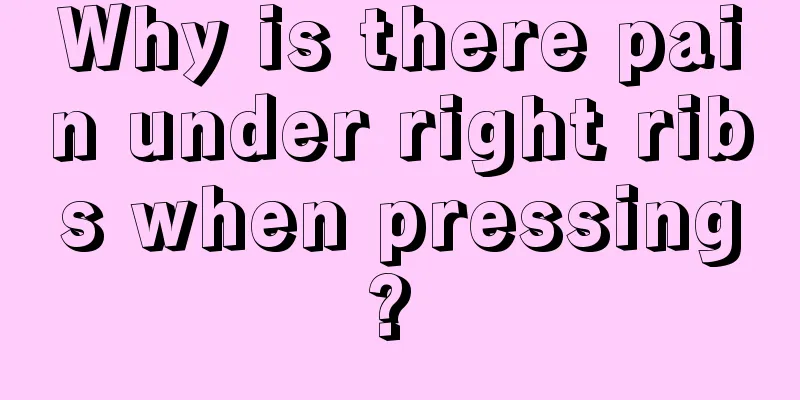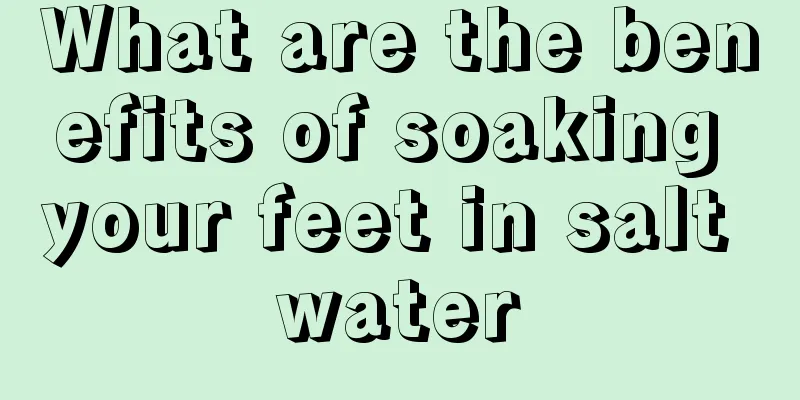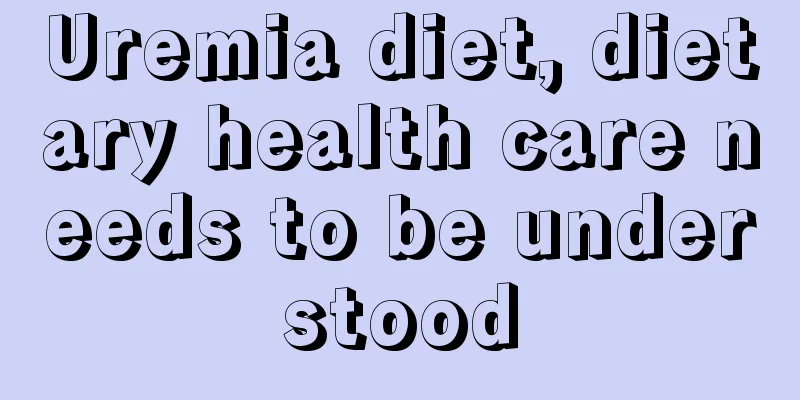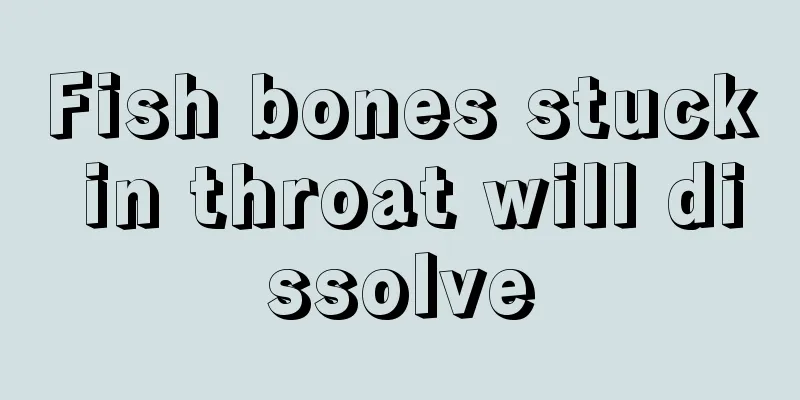Purpose of cold therapy
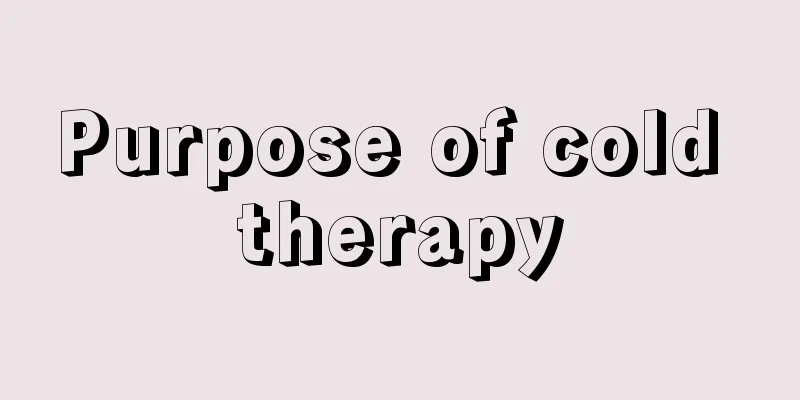
|
Cold therapy is a commonly used treatment method in modern medicine. It has a wide range of uses. It usually involves contacting the human body with some low-temperature objects to achieve the purpose of cooling the body. Therefore, when people have fever or other conditions, they can use cold therapy to treat it. The effect of cold therapy is also very significant, and the cooling speed is also very fast. So, what is the purpose of cold therapy? 1. What is cold therapy? Cold therapy is a method of treating disease by using a medium below body temperature to contact the human body to cool it down. The difference between it and cryotherapy is that the low temperature applied to the human body will not cause damage to tissue cells. Brief and deep hypothermia can excite the nervous system, but prolonged hypothermia will have the opposite effect. Cold applied to a local area can cause blood vessels to contract and then dilate, which is beneficial to improving local circulation. Cold deepens breathing and is clinically used for high fever, early soft tissue injury, and neurosis. It is also often used in health care to improve the body's resistance. 2. Purpose and contraindications of cold therapy Purpose: 1. Hemostasis: relieve local congestion or bleeding. Used in the early stages of local soft tissue injury, nosebleed (epistaxis), and after tonsillectomy. 2. Analgesia: reduce the sensitivity of nerve endings; reduce exudation; relieve tension of local tissues. Relieve pain. Acute pain, tension pain (tenderness, burning). It is often used in the early stages of acute joint sprains, toothaches, and burns. 3. Control inflammation: control the spread of inflammation. Medical | Education Network collected and sorted it out. It is often used in the early stages of inflammation (within 48 hours), such as acute conjunctivitis (pink eye). Local blood flow is reduced, reducing the vitality of bacteria. 4. Cooling: lowering body temperature. Commonly used for fever. Contraindications: 1. Circulatory disorders: aggravate circulatory disorders, leading to local tissue ischemia, hypoxia, and tissue necrosis. 2. Chronic inflammation or deep purulent lesions: Cold reduces local blood flow and hinders the absorption of inflammation. 3. Tissue damage and rupture: Cold can cause poor blood circulation, increase tissue damage, and affect wound healing. 4. Behind the head: auricle. Scrotum, precordial area, abdomen, and soles of the feet. Less peripheral circulation; reflex arrhythmia; abdominal pain, diarrhea; cold soles of feet will cause reflex contraction of capillaries throughout the body; hot feet will make the whole body feel comfortable (forbidden for patients with coronary heart disease and hypertension; place a hot water bottle on the soles of feet for physical cooling). |
<<: Can cut mangos be eaten overnight?
>>: Liquid nitrogen cryotherapy for warts
Recommend
What's wrong with the calcification of the soft ribs in the chest
In today's social life, people's diets ar...
The harm of gallstones and the serious complications
The most common liver and gallbladder disease is ...
Symptoms of zinc deficiency in adults
Zinc is an essential element for the human body. ...
What are the symptoms of advanced liver cancer? Pay attention to these four points
When liver cancer develops to the late stage, pat...
Diet at different stages of endometrial cancer
We all know that any disease will cause certain h...
How to choose a hospital for esophageal cancer
Esophageal cancer refers to cancer that occurs in...
The efficacy and function of boiling orange water
Many of you may not have eaten boiled orange wate...
What tests do liver cancer patients need to do? What tests do liver cancer patients need to do to confirm the diagnosis?
Early detection and early treatment, and timely g...
Normal heart rate for adults and children
The rhythm of the heartbeat is relatively constan...
How to stop itching due to alcohol allergy
Alcohol allergy is actually alcohol poisoning, so...
Feeling dizzy after drinking coffee
Modern people pay attention to improving the qual...
How to remove tea stains from stainless steel cups
In daily life, we all hope to have a sip of hot w...
How to make wontons
As the baby grows up day by day, he can do many t...
The fingers were swollen and purple
Finger pinching is a relatively common occurrence...
How long should scraping be done?
I believe everyone should know that no matter wha...


